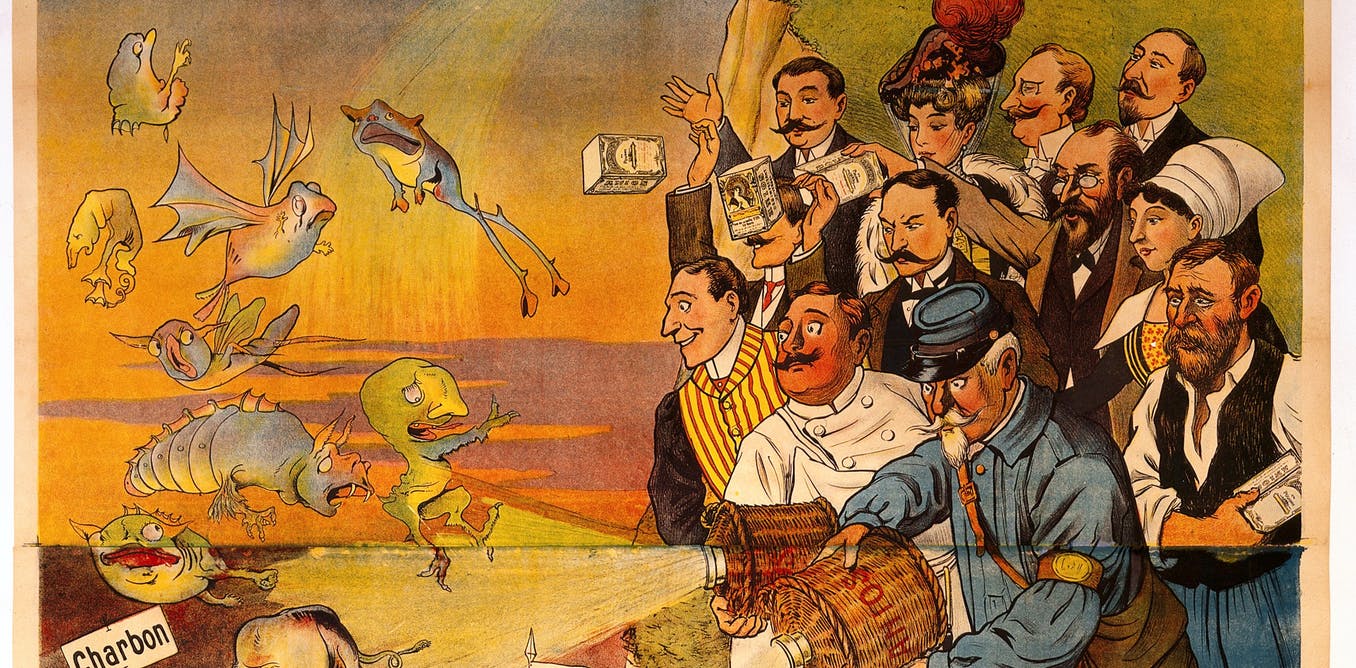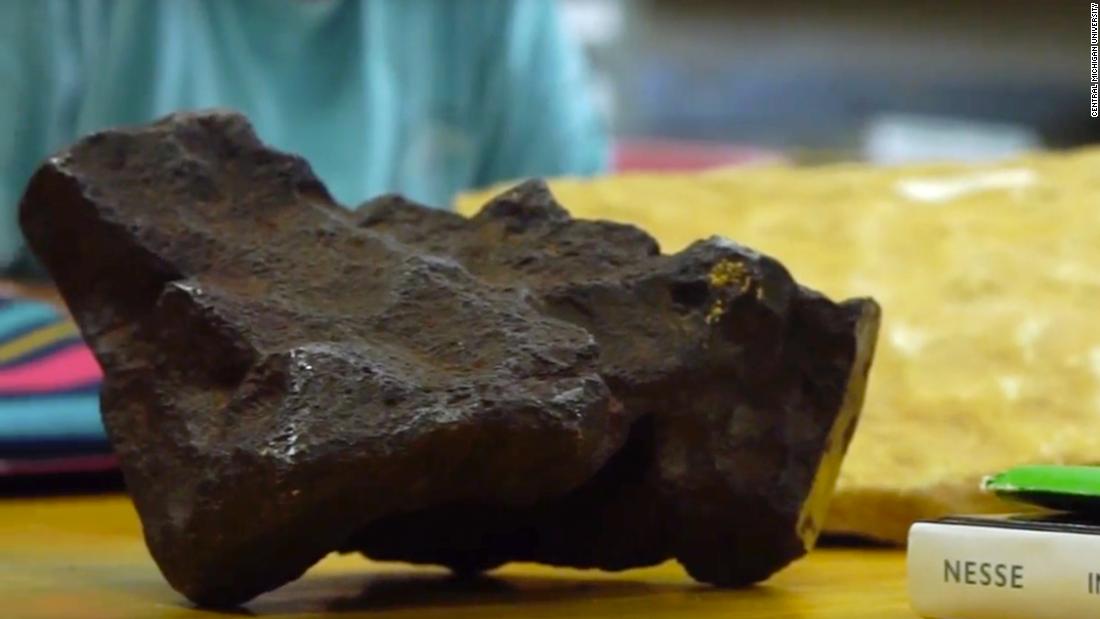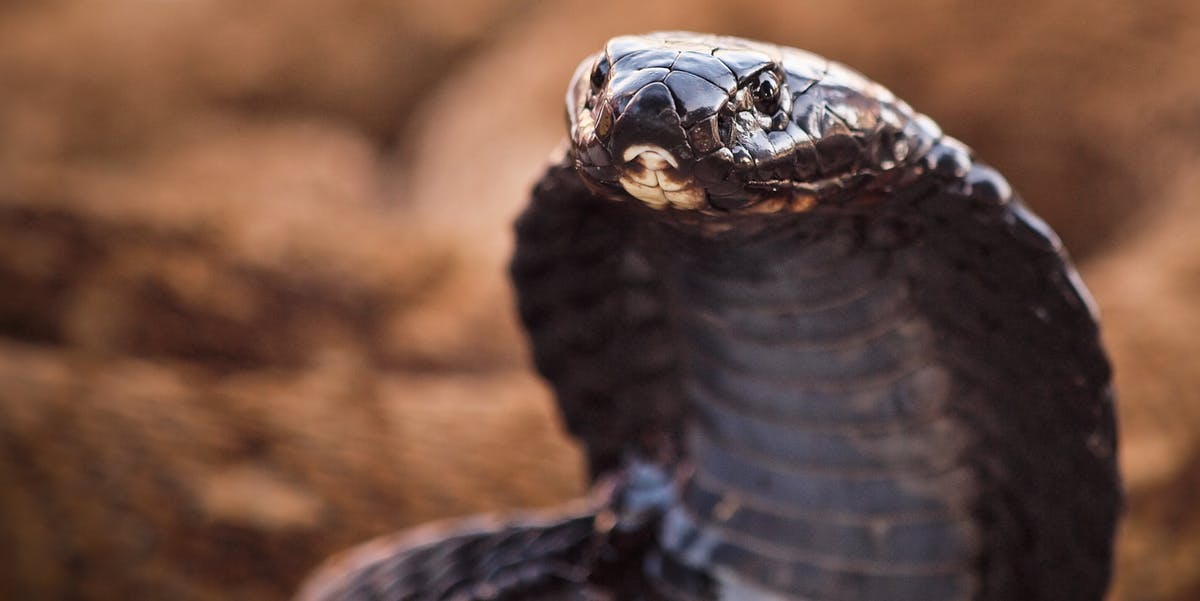Company says net negative emissions need to start now to limit global warming.
Sometimes, people say that around 80 years of life will be enough for them, but have they thought it through?
When asked how long they want to live, people often say no more than ten years above their country’s average lifespan. This, mind you, is in a world where aging is still inevitable; people know they won’t be in top shape during those ten extra years, and yet, perhaps hoping they might be an exception to that rule, they still wish they could get that little extra time. Even when told that they will live these extra years in complete health, the most common choice is the current maximum recorded human lifespan, which is roughly 120 years.
If we assume that no rejuvenation therapies are available to extend the time you spend in youthful health, then it is somewhat understandable if you don’t feel up for a very long life, because the odds are that its final decades will be increasingly miserable ; however, if rejuvenation therapies were available, and you could be fully healthy for an indefinite time, why stop at 120 years? Life extension advocates have probably all had their fair share of conversations with people who insist that 80-odd years will be more than enough for them, health or no health—worse still, some don’t care about preserving their health precisely because they think that 80 years is a sufficiently long time to live.
How long one wants to live is only his or her business; just like no one should have the right to force other people to live no longer than the current maximum (an imposition that would indirectly result from a hypothetical ban on life extension therapies), no one should have the right to force anyone else to live longer than 80 years, if that’s what he or she wishes for whatever reason. Indeed, it’s not the right to die when you see fit that’s at issue here; the question is whether people who claim that 80 years are enough have seriously thought the matter through before making their minds up or are simply parroting what others typically say out of social pressure.
Rather stupid title (as so often), but interesting article nevertheless…
And it’s quite a filter. Our analysis of advertising images of bacteria from 1848 to the present day finds four broad conventions. Understanding these conventions shows how our relationship with this essential dimension of earth’s biome is subject to the aims and desires of the manufacturers of cleaning products.
1. Cute bacteria
“We are all stardust,” astrophysicist Neil deGrasse Tyson tells CBS News Chief White House Correspondent Major Garret on this week’s episode of “The Takeout.” “And you have a connectivity to the universe that for me is uplifting rather than ego-busting.”
Tyson joined the podcast to discuss his new book, “Accessory to War: The Unspoken Alliance Between Astrophysicists and the Military.” The book, written with co-author Avis Lang, explores the long and complicated history of how the study of astrophysics changed warfare.
In July, “The Takeout” welcomed NASA Administrator Jim Bridenstine, who described how reliant we are on space technology.
“It’s the most valuable specimen I have ever held in my life, monetarily and scientifically,” Sibescu said.
For double verification, a slice of it was sent to the Smithsonian Institution in Washington, DC, which validated it was in fact a meteorite, according to the press release.
The rock arrived on Earth sometime in the 1930s, according its owner, who obtained it in 1988 when he bought a farm in Edmore, about 30 miles southwest of Mount Pleasant. While touring the property, the man spotted the rock propping open a door and asked the farmer what it was.
This is not the end of the world but the end of competition as we know it.
Click investigates the rise of the robot butler, looking at whether voice-controlled personal assistants live up to the hype and at the potential dangers of living in a world where all electronics are controlled by voice.
Subscribe HERE http://bit.ly/1uNQEWR
When it comes to venomous snake bites, time is tissue. Even non-fatal snake bites still rapidly kill skin and muscle in a gruesome process called necrosis, often leaving victims permanently disfigured. In an effort to help reduce the global health burden of these bites, a team of scientists has developed an antivenom cocktail that saves tissue after a snake bite, sparing survivors a lifetime of disability.
In a paper published Thursday in the journal PLOS Neglected Tropical Diseases, researchers demonstrate that their formula, when injected into mice that had been exposed to venom from a black-necked spitting cobra (Naja nigricollis), protected against any tissue-killing effects. What’s unique about their new treatment is that it’s not made up of any one substance but a mixture of nanoparticles, which can target the individual compounds that make up a snake’s poison.
“If this is achieved, then the progression of this local necrosis would be halted, and then the person can be transported to a health facility to receive the antivenom, but the local tissue damage would have been controlled and the frequency of permanent tissue damage and sequelae would be reduced,” José María Gutiérrez, Ph.D.. a senior professor of microbiology at Instituto Clodomiro Picado (the University of Costa Rica) and one of the paper’s authors, tells Inverse.
Matter ejected from a spinning disc of doom surrounding a black hole a mere 15,000 light years away has produced some of the most energetic rays of light ever witnessed from an object of its kind.
The insanely powerful photons of gamma radiation were produced by a never-before-seen phenomenon surrounding a miniature quasar. The discovery could help us better understand what goes on deep in the chaotic heart of the Milky Way.
SS 433 is a smaller version of the kinds of maelstrom of death you’d find lurking at the core of most galaxies. It’s also in our neighbourhood, more or less, making it relatively easy to study.










